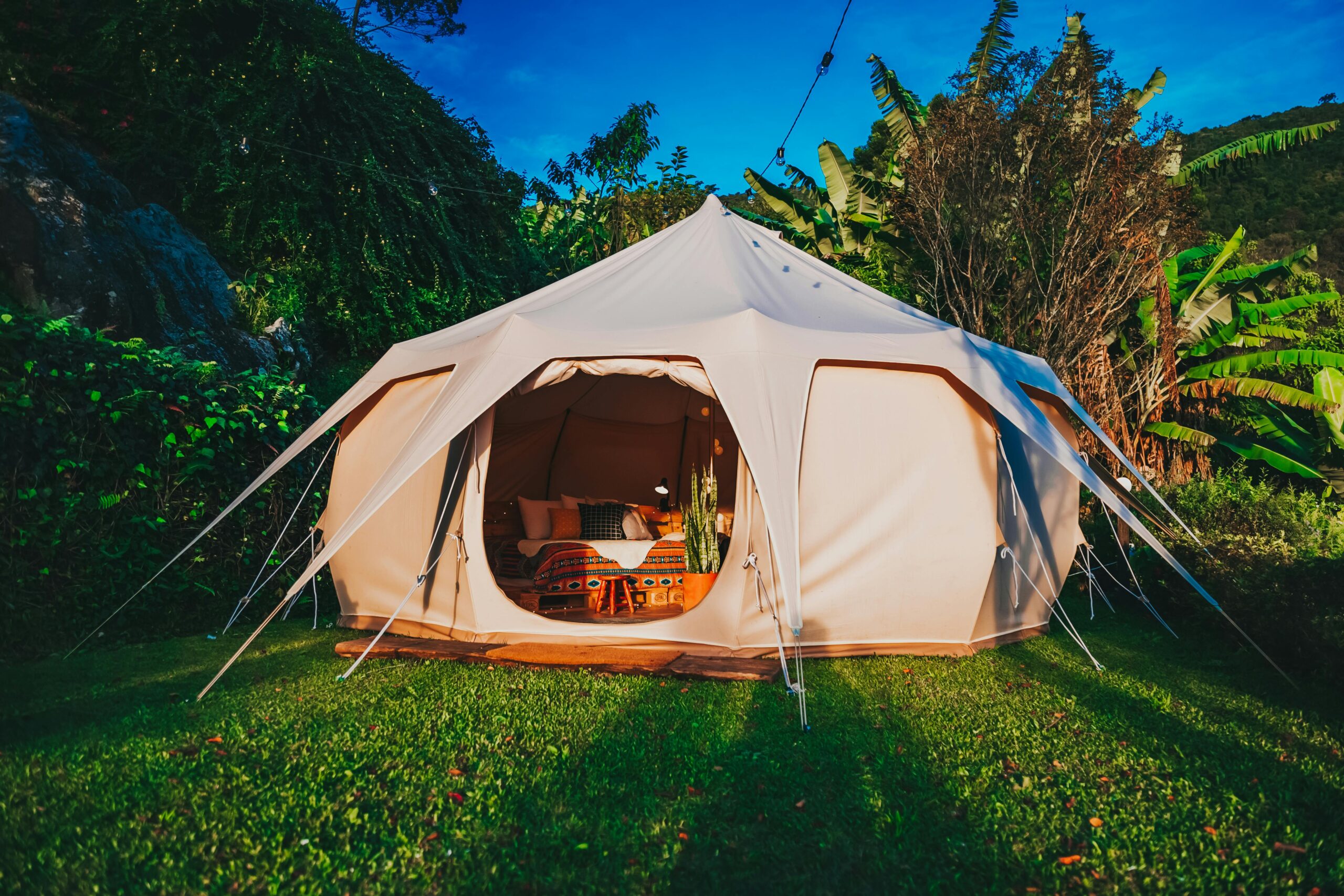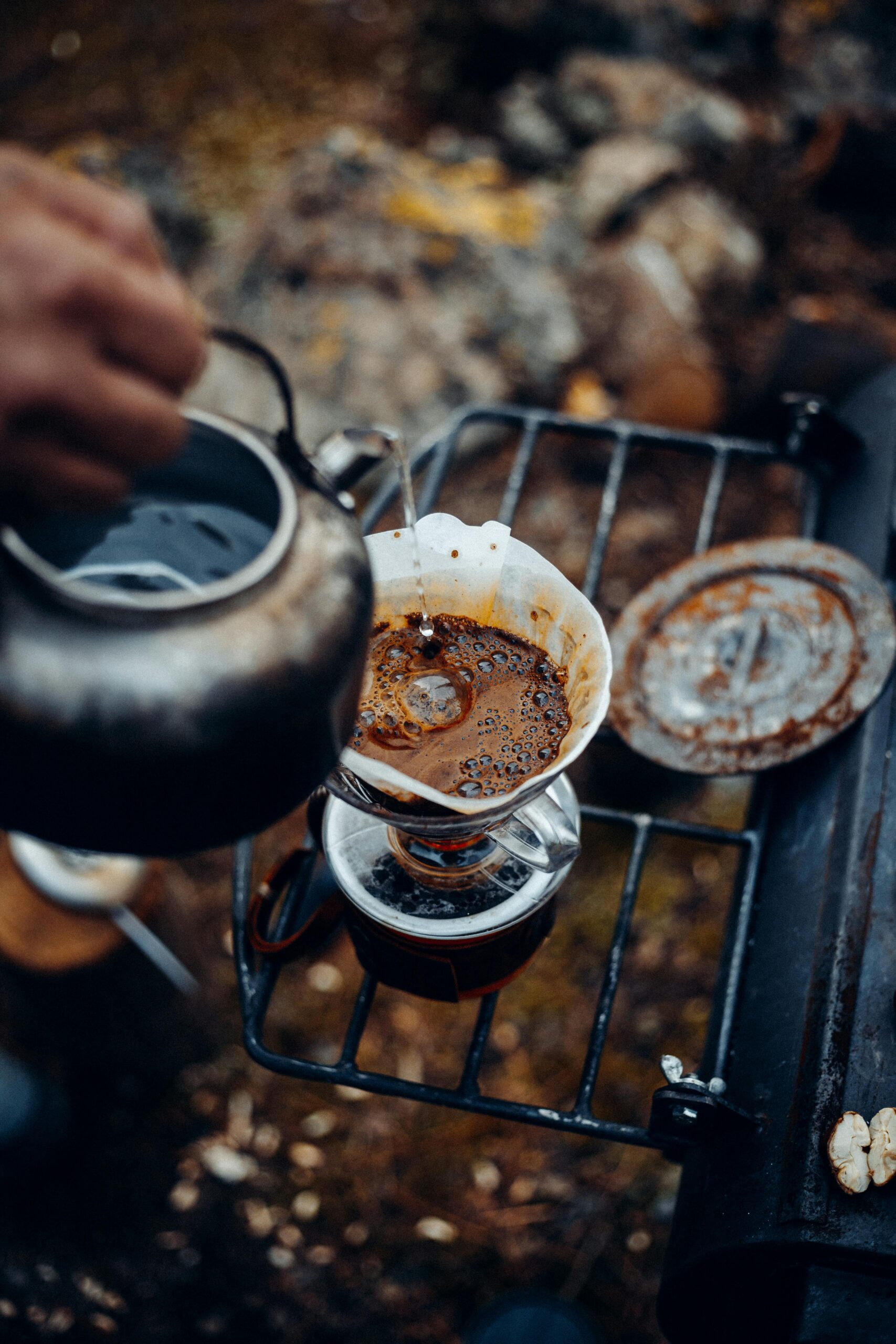Explore The Essentials: What Is Camping Equipment?

When embarking on an outdoor adventure, knowing precisely “What Is Camping Equipment?” is essential for any enthusiast. This comprehensive term encompasses all the gear required for a comfortable, safe, and enjoyable camping experience. From shelters like tents to sleeping systems such as bags and pads, and cookware that turns a campsite into a kitchen, camping equipment is designed to bring the comforts of home into the wilderness. This guide will explore the various categories of camping gear, why each piece is critical, and how to select the best options for your outdoor excursions. Whether you’re a seasoned camper or a novice, understanding these essentials is the first step towards a successful adventure in nature.
Types of Camping Equipment
Tents
Tents are a fundamental piece of camping equipment, providing shelter and protection from the elements. They come in various shapes and sizes, tailored for different camping scenarios. For instance, dome tents offer high stability in windy conditions, while tunnel tents might provide more space, ideal for family camping. Lightweight backpacking tents are essential for those who carry their gear over long distances, emphasizing the balance between weight and comfort.
Sleeping Bags and Bedding
A good night’s sleep is crucial in the great outdoors, making sleeping bags and bedding vital components of your camping gear. Sleeping bags are categorized by their insulation type: synthetic and down, each with its own set of benefits depending on the weather conditions. Additionally, sleeping pads or air mattresses not only provide comfort but also insulation from the cold ground. Choosing the right combination can be the difference between a restful night and a sleepless ordeal.
Cooking Gear
The ability to cook and eat well while camping can significantly enhance the experience. Essential cooking gear includes portable stoves, which can range from small canister stoves for backpackers to larger, more robust models for car camping. Pots, pans, utensils, and cleaning supplies are just as crucial. For those planning extended trips, durable and easy-to-clean materials like stainless steel or anodized aluminum are recommended.
Safety and Navigation Tools
Safety cannot be overlooked when venturing into the wilderness. Key safety and navigation tools include a reliable GPS device or a compass and map for those who prefer traditional navigation. Additionally, a multi-tool or a Swiss Army knife can be indispensable for repairs and tasks around the campsite. For emergency situations, always carry a first aid kit tailored to the nature and duration of your trip, along with personal medications and items like a whistle or a mirror for signaling.
How to Choose the Right Camping Gear
Factors to Consider: Weather, Duration, Location
Selecting the appropriate camping gear heavily depends on the weather conditions, trip duration, and location of your camping adventure. For varying weather conditions, ensure your gear is suitable for the extremes you might face, such as waterproof tents and sleeping bags rated for lower temperatures. The duration of your trip influences the amount of food, water, and supplies needed. Longer trips will require more durable and capacity-appropriate gear. Lastly, the location impacts your choice; for instance, high-altitude destinations might require specially designed gear to withstand lower oxygen levels and harsher environments.
Understanding Gear Specifications
Knowing the specifications of camping gear can greatly enhance your selection process. Specifications such as weight, material, and capacity are crucial for comfort and functionality. Lightweight materials are ideal for backpacking, where carrying less weight is a priority. For family camping, sturdier, heavier materials might be better suited for increased durability and comfort. Understanding the specifications of each piece of gear helps in making an informed decision that aligns with your camping style and needs.
Top Brands for Quality Camping Gear
Coleman
Coleman is synonymous with outdoor activities, providing reliable and affordable camping gear suited for a variety of outdoor enthusiasts. From sturdy tents to portable cookware and coolers, Coleman products are designed with accessibility and durability in mind, making camping accessible to everyone from beginners to seasoned adventurers.
REI (Recreational Equipment, Inc.)
REI is renowned for not only selling high-quality camping gear but also for their commitment to sustainability and the outdoors. They offer a wide range of products, including high-performance tents, sleeping bags, and backpacks. REI’s gear is designed for durability and comfort, catering to both casual campers and serious mountaineers.
The North Face
The North Face has made a name for itself with gear that withstands the rigors of extreme environments. Their tents, sleeping bags, and outdoor apparel are crafted to handle severe weather conditions, making them a favorite among adventure seekers who face challenging climates.
Mountain Hardwear
Specializing in high-end camping gear, Mountain Hardwear provides equipment specifically designed for harsh environments and technical pursuits. Their products, which include ultralight tents and thermal sleeping bags, are favored by professional mountaineers and backpackers for their innovative materials and designs.
Osprey
Osprey is best known for its ergonomic and durable backpacks, which are essential for comfortable camping and hiking. Their packs come in various sizes and configurations to accommodate a range of activities and body types, ensuring a perfect fit and functionality tailored to the user’s needs.
Care and Maintenance of Camping Equipment
Cleaning and Storage Tips
Cleaning: After each camping trip, it’s important to clean your equipment thoroughly. Tents should be shaken out and wiped down to remove dirt and debris. Sleeping bags ought to be aired out and gently cleaned according to manufacturer instructions to avoid damaging the insulation. Cookware needs to be cleaned with mild soap and warm water and dried completely to prevent rust and deterioration.
Storage: Store all camping gear in a dry, cool place away from direct sunlight. Tents should be stored loosely in a large sack to allow the fabric to breathe, which prevents mildew growth. Sleeping bags are best stored uncompressed in a large cotton or mesh bag. For cookware and electronics, remove any batteries to avoid corrosion and store in dry conditions to prevent moisture damage.
Repair Advice
Regular Checks: Before and after each trip, inspect your gear for any signs of wear or damage. Look for tears in fabric, malfunctioning zippers, and damaged poles or stakes. Early detection of problems can prevent them from worsening.
Tent Repairs: For minor tears in tents, use a repair kit with patches and seam sealer. For broken poles, many manufacturers offer replacement parts or repair kits that can easily fix the issue.
Sleeping Bag Repairs: If a sleeping bag gets a tear, sewing a small patch over the area or using a special fabric tape can keep the insulation from escaping. Make sure the repair is secure to prevent further damage during washing.
Equipment-Specific Kits: Keep a repair kit tailored to your gear’s specific needs. This might include duct tape, spare fabric, extra buckles, and sewing items for on-the-go fixes.
Conclusion
As you gear up for your next outdoor adventure, understanding “What Is Camping Equipment?” is crucial for a successful experience. This term broadly encompasses all the gear necessary for camping, including shelters like tents, sleeping arrangements such as bags and mats, cooking supplies, and safety tools. From the lightweight setups favored by backpackers to the comprehensive kits used in car camping, the right equipment can enhance your comfort and safety in the great outdoors. Now, as you consider this wide array of gear, remember that selecting the right camping equipment is essential, whether you’re a seasoned camper or a novice about to embark on your first outdoor adventure.
FAQs
What are essential camping items? Key items include a tent, sleeping bag, cookware, and navigation tools.
How to choose the right tent? Consider the number of occupants, expected weather, and weight for backpacking. Features like waterproofing and ventilation are also important.
Best way to store camping gear? Keep gear in a cool, dry place away from sunlight. Tents should be stored loosely, and sleeping bags hung or in breathable bags.
Can damaged camping equipment be repaired? Yes, most items like tents and sleeping bags can be patched, and replacement parts are often available for broken items.
How to clean camping gear? Wash tents with mild soap and water; sleeping bags according to manufacturer’s instructions; cookware with soap and water.
Is high-end camping gear necessary? Depends on the trip’s nature. High-end gear is advisable for extreme conditions or frequent use for better comfort and safety.








